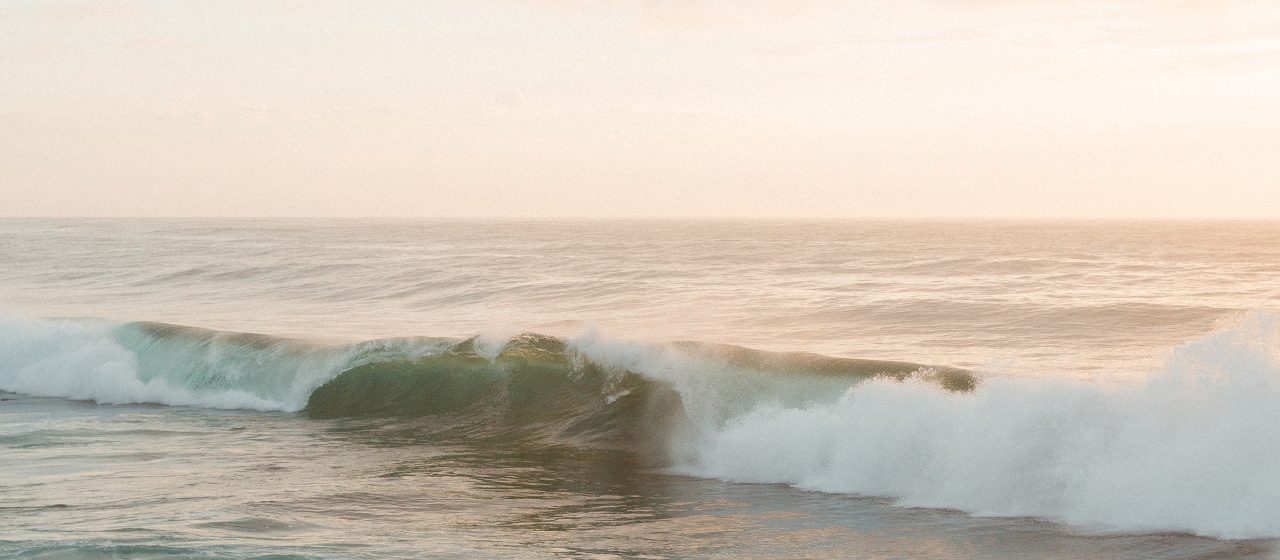Posted on March 8, 2018
Acid Rain in Vancouver?
So we recently just wrapped up a unit in science, along with a chemistry project! Throughout this unit we studied a lot about chemical equations, and balancing them. Before the project we also did quite a lot of experiments with the class, this eventually lead into the project we just wrapped up! Just like all projects, we have an inquiry question. This project the question was:
How can chemical reactions be used to identify the composition of a substance?
So for the project the idea was to create our own reaction so that we could figure out what other substances or elements are in them. The class was first split up into groups. We then got some time to brainstorm our reactions. Once we had a solid idea of what we wanted experiment we wanted to conduct, we filled out essentially a lab procedure sheet. Along with this we also had to come up with our own question which would encompass our experiment.
Here’s our question:
How does the acidity of each water source differ? How can we test their acidity?
In the end my partner and I decided to come up with a simple reaction using chemicals in the classroom. Here was our procedure:
1.Take your four different water sources (sea water, rain water, tap water, fresh water) and pour 100 ml (this is our controlled variable) of each type into three sets of separate containers.
2.Add 3 drops of methyl orange to the first set of containers. Observe + record the reaction. (See visuals below of what each reaction means).
3.Add three drops of bromothymol blue to the second set of containers. Observe + record the reaction. (See visuals below of what each reaction means).
4.Take red litmus paper and dip one single strip into each container of water. Observe + record the reaction. (See visuals below of what reaction means).
We collected the ocean water from our local beach (panorama beach), the rain water from outside the classroom, fresh water from a glacier stream and we collected the tap water from the school sink.
Once we planned out our procedure we came up with a hypothesis. The hypothesis was difficult because we had never used most of those chemicals before so we had know idea what physical or chemical changes could be observed. What do you think will happen?
Here’s our hypothesis!
If we add the bromothymol blue to each source of water we think that the salt water will turn a yellow ish green colour meaning it is the most acidic because of the pollution in the ocean. Then following we believe will be the rain water, then tap water, and fresh water being the most basic (this will be the most blue).
Once we had stated our hypothesis we conducted the experiment during class! We filmed everything we did so we could observe what was happening. Then we used that film to put together a video of our procedure and results, here it is!
Observations:
Overall the bromothymol blue had the strongest reaction, it ended up turning the rain completely yellow, the tap water a little bluer, the ocean water a light blue and the fresh water blue. All of the containers reacted right away, unlike the methyl orange and litmus paper. The methyl orange had a slight change of colour in each container. It turned the rain water a dark orange, the tap water a lighter orange, the ocean water slightly yellow and the fresh water yellow. As for the litmus paper, the scale of what the red litmus paper can detect wasn’t large enough so their was no reaction in the end.
Conclusions:
We have come to the conclusion that that the rain water is the most acidic then following is tap water, ocean water and fresh water. Throughout the experiment the rain water turned yellow with the bromothymol blue, this means that it was acidic and there was large amounts of carbon dioxide found in it. After doing research we realized that the rain could potentially be acid rain. Acid rain is formed when the carbon dioxide dissolves into the precipitation creating carbonic acid. Carbonic acid is a weak acid because it ionises (removes electrons) to forms hydrogen ions. As for the fresh water, it was the most blue because of its extensive amounts of minerals that are known to be found in fresh water.
Since the beginning of the year we have been doing mind maps at the begging of each unit! Once we finish the unit we start a new one to see how much we’ve learned and grown. So here’s a comparison of the two mind maps!
 Overall I felt like this project really helped me get a deeper understanding of what we were learning. I also really liked how much freedom we had with the project, because we could really experiment anything we wanted to. In the end I learned a lot more than I thought, like what acid rain is, how litmus paper works and PH level scales!
Overall I felt like this project really helped me get a deeper understanding of what we were learning. I also really liked how much freedom we had with the project, because we could really experiment anything we wanted to. In the end I learned a lot more than I thought, like what acid rain is, how litmus paper works and PH level scales!





